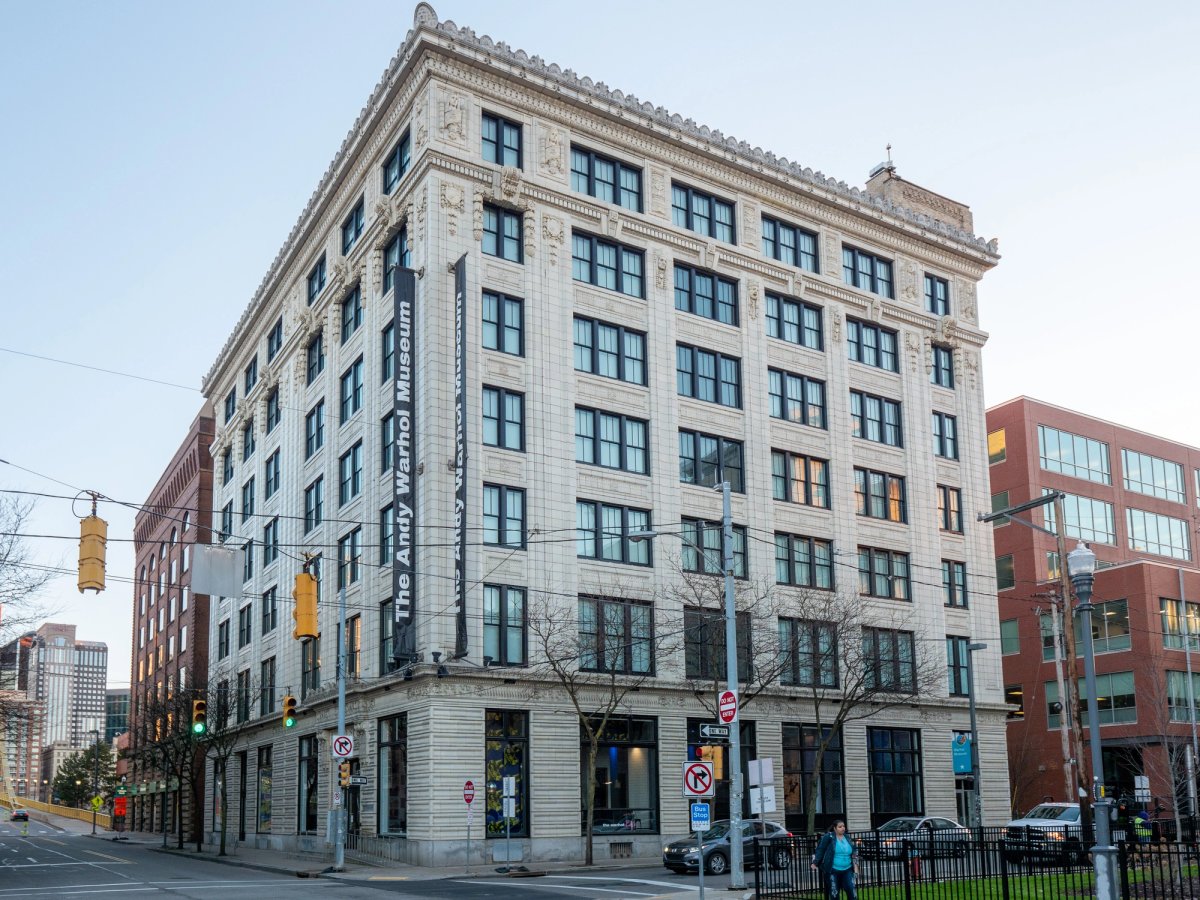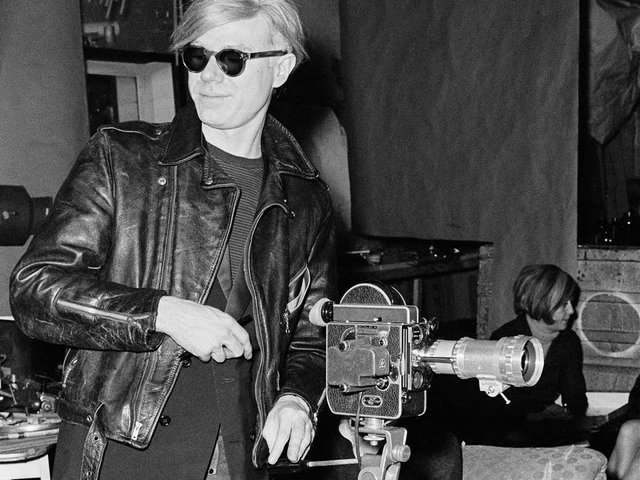Carnegie Museums of Pittsburgh announced last week that the Andy Warhol Museum’s director, Patrick Moore, would leave his post on 31 May. Moore has worked at the museum for 13 years, seven of them as director.
Under his leadership, the museum expanded its exhibition programmes worldwide (including to Saudi Arabia) and launched the controversial Pop District—a ten-year, $80m project that will transform several blocks surrounding the museum with public art, a performance venue and a “creative-economy workforce development” programme.
“My 13 years at the Warhol have been the most formative of my life,” Moore said in a statement. “After having had a sabbatical in 2023 where my husband and I were able to spend three months at our home in Spain, I have decided our future is there, in his home country.”
As news of Moore’s sudden departure spread, so did rumours that this was a result of controversies surrounding the Andy Warhol Museum. News outlets pointed to a December report by Pittsburgh public-radio station WESA’s Bill O'Driscoll, who found that a number of museum employees were unhappy with the Pop District project—five director-level staff had already left—and with Moore’s leadership in general, which some saw as too focused on fundraising and not enough on curation. Other media pointed to Moore’s controversial decision to curate a Warhol show in Saudi Arabia, an authoritarian country that punishes same-sex relationships with death. (Moore later defended the move in an opinion piece for Artnet.)
Most recently, Moore was at the centre of a dispute over wall text accompanying Warhol’s Ten Portraits of Jews of the Twentieth Century (1980). Described as “soft-Zionist” in an anonymous post on the Instagram account Change the Museum, the text—written by Moore and the museum's former chief curator Aaron Levi Garvey—implies that the 7 October Hamas attack on Israel was the beginning of conflict in the region. The wall text states that museum visitors will “mourn the loss of Jewish lives at the start of the Middle East conflict and the humanitarian crisis affecting civilians on both sides of the war”.
In response to the news reports, Steven Knapp (the president and chief executive of Carnegie Museums of Pittsburgh, which operates the Warhol Museum and several other institutions in the city) published a letter in Artnews, insisting that the rumours were not true and that Moore was leaving because he had accepted another position in Spain.
“Carnegie Museums of Pittsburgh, of which the Warhol is an integral part, stands behind Patrick’s vision for the Pop District as well as his seven-year leadership of the Warhol overall,” Knapp wrote. “We see the Pop District as defining a highly original but also replicable pathway for arts and cultural institutions seeking to serve as transformational catalysts in their communities.”
The Andy Warhol Museum’s deputy director, Rachel Baron-Horn, will serve as interim director while the museum searches for Moore’s replacement.




